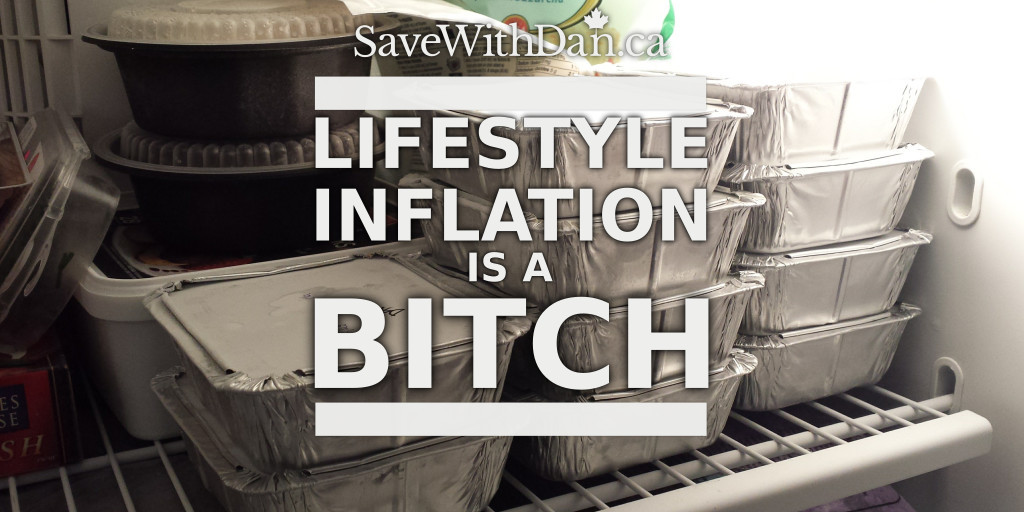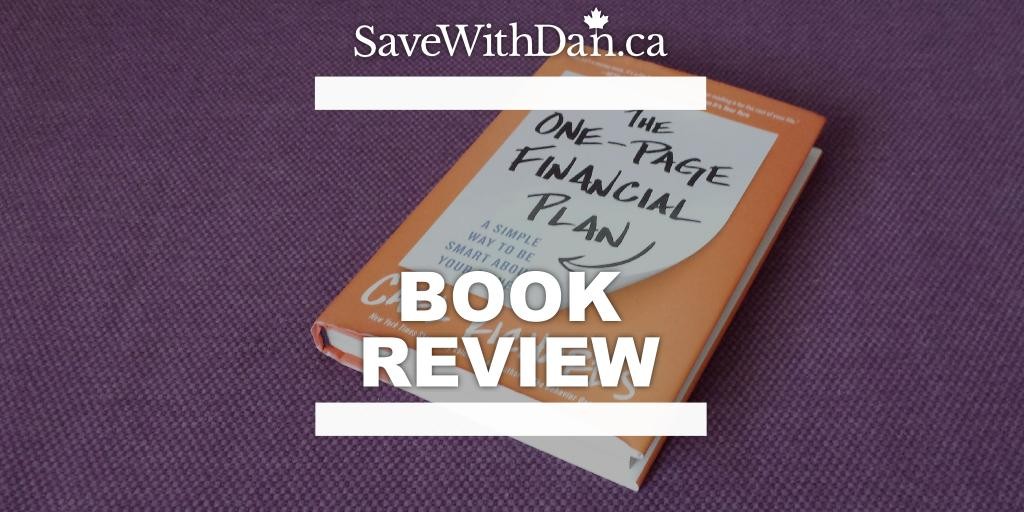The Rise of Robo-advisors?
If you know me, you know I’m a big fan of robots. Google’s driverless cars? I’m in. Bread machines? You can bet on that (here in Quebec, we call them bread-maker robots). We even use a Roomba to vacuum our floors from time to time, and we only paid $70 for it (secondhand, of course)! A robo-thermostat is on my wish list, and the list goes on.
So the idea of robo-advisors is a no-brainer for me.
Quick Recap: What are robo-advisors?
Robo-advisors are a relatively new class of financial service in which machines automate part of your investments. They blend the facility of index investing with diversified strategies of “normal” investing, but for a fraction of the cost. While investing with a regular financial advisor or even with your bank may cost you an average of 2.2%/year, robo-advisor fees can be as low as 0.2%.
While the fees themselves are not the only factor to consider when choosing where and how to invest your money, paying more fees can hurt your retirement badly, as Barry from Money We Have has beautifully shown in this post about the Management Expense Ratio (i.e. investment costs).
Right now in Canada, we have a bunch of robo-advisor services available. You can check some of these services and their fees in one handy sheet published by my friend Sandi from Spring Personal Finance.
A Wealthy Bar
This week, I had the pleasure of watching a presentation by WealthBar’s CEO Tea Nicola. WealthBar is one of the robo-advisor companies operating in Canada. They’re from Vancouver and are now entering the Quebec market (you know, with French language requirements and everything). After the presentation, they invited some people over for a pleasant evening of wine and wealth. Sweet! It’s nice to see something finance-related happening in Montreal (and Quebec in general). :)
I got to talk to Tea about the Quebec market and WealthBar’s investment strategies. I asked some questions about their website and business and she ran a quick demo for WealthBar’s system and site, showing me everything from the sign-up process to the dashboard to all the calculators and graphs they provide their clients.
Some of My Impressions
When signing up, each client answers a quick questionnaire (and by “quick”, I mean four or five questions). The goal is to determine your risk tolerance, then match you to one of their available portfolios.
One thing I found interesting was that you can have a different risk tolerance for each of your accounts. Since your RRSP and your TFSA will likely serve different purposes, it makes sense for these accounts to have different settings.
Laws in Canada don’t allow companies to use mathematical algorithms to manage money or investment funds. So what will a robo-advisor do with your money?
To answer this question, you need to understand a simple basic principle of investing: rebalancing. Simply put, rebalancing makes sure your money is optimally distributed across all your portfolio’s categories.
Bring on the Metaphors!
Imagine your portfolio is 60% rabbits and 40% elephants (for some reason). Well, we all know rabbits reproduce much faster than elephants. At some point, you’ll count your rabbits and elephants and find that your portfolio now consists of 80% rabbits and only 20% elephants. Rebalancing would mean selling rabbits and buying elephants until you reach a 60/40 ratio again.
As you can imagine, all this buying and selling can quickly become tedious and cumbersome. This is where a robo-advisor comes in. It will make sure your portfolio is always balanced at the initial proportion (this is known as asset allocation, which we’ll talk about another time).
But who chooses the animals that go in your portfolio? What if I like squirrels better than rabbits? Well, in that case, you’re out of luck. WealthBar “animals” are chosen by a team of experts and the final distribution is what they believe will give better returns, according to their knowledge and theories. But if you think about it, it’s the same as when your financial advisor or bank manager pushes some “magical” fund on you.
Of course, you can change your funds—I mean, “animals”—with your financial advisor, but then it’s up to you. If you’re just getting started with investing or you don’t want to be bothered with these decisions, then it’s ok to take their advice. And believe me: it takes a lot of effort and knowledge to choose your own “animals”—I mean, investment funds. But like I said, beware the costs!
Final Words
I’ve only scratched the surface of the robo-advisor world. WealthBar is only one of the players in this field, and I really can’t recommend any more because I haven’t tried them all.
The goal of this post is to open your mind to new possibilities. It’s a big world out there! As I’ve said before, personal finances are personal, so your needs and solutions will be different from mine and your neighbours’.
The only sure thing is that you must think about your future and invest your money. The sooner you start, the better. If you think you’re not ready, or if you’re struggling with anything money-related, give me a call and we can talk. I’ll love it!
Photo by Kyla Duhamel: Downtown Saskatoon





















Great post, Dan! I love the rabbits vs. elephants analogy, very original.
If you’d like to try out another robo-advisor, we offer a trial program called Springboard where you can invest $1,000 of our money for up to 3 months, *and* keep any gains at the end. Check it out here: http://www.modernadvisor.ca/springboard and let me know if you have questions!
Thanks, Kristen. This is an interesting proposal. I’ll give it a look!
Thanks for stopping by!
Hi Daniel,
Thanks so much for coming out to our #WineAndWealth event and covering WealthBar! If you ever have any questions feel free to reach out.
It was a pleasure ;)